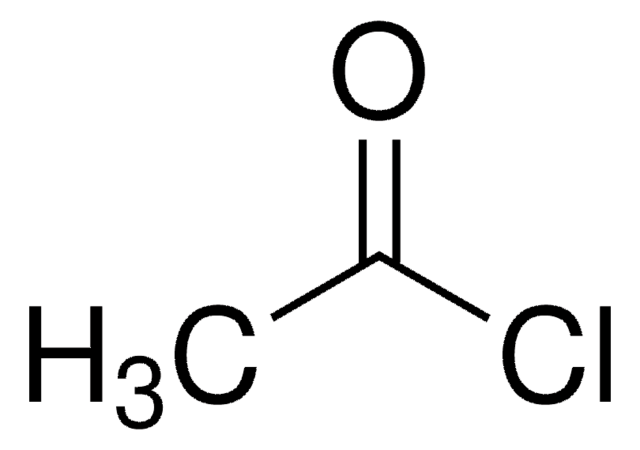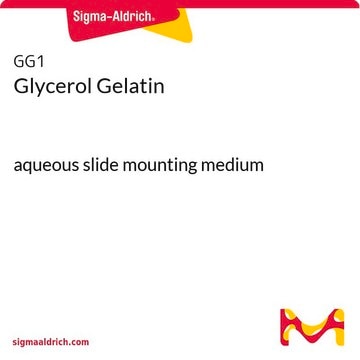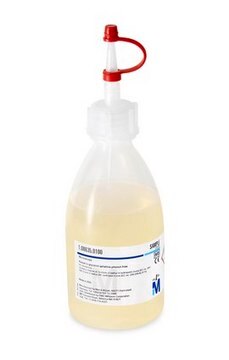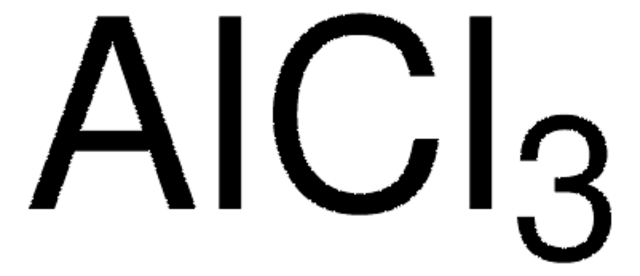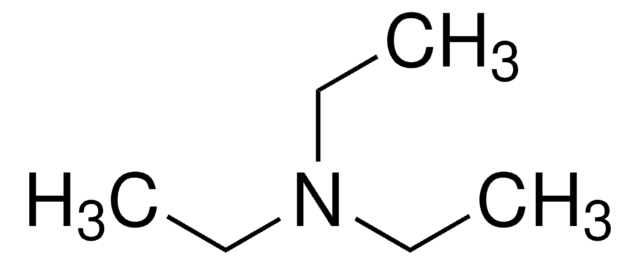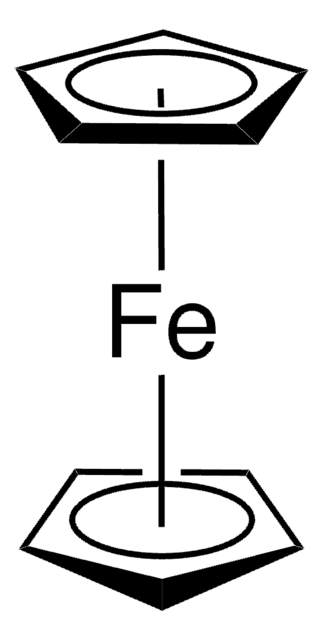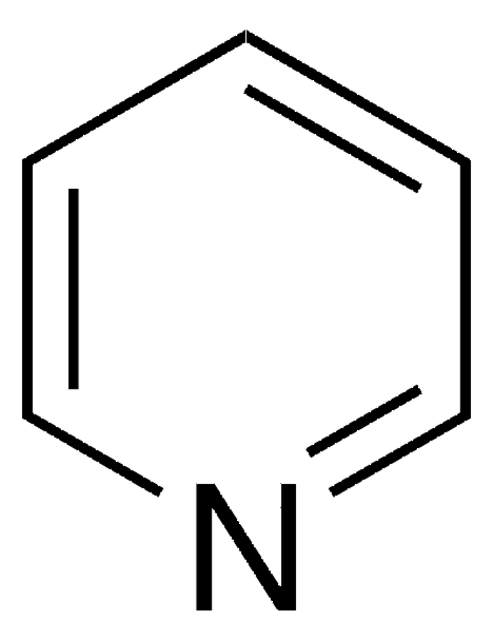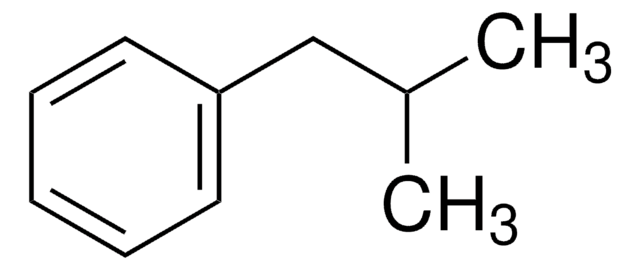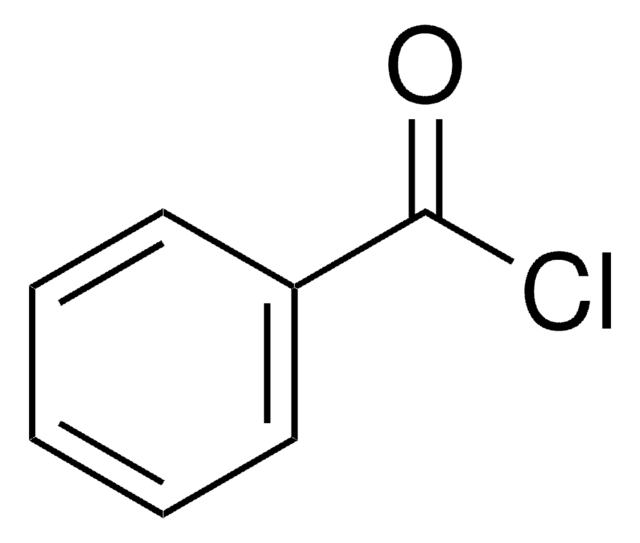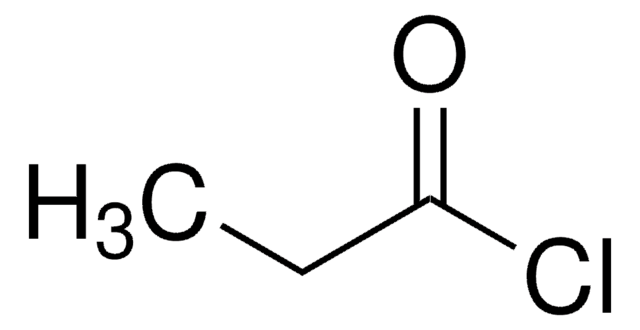00990
Acetyl chloride
puriss. p.a., ≥99.0% (T)
Synonym(s):
Acetic acid chloride, Acetic chloride, Ethanoyl chloride
About This Item
Recommended Products
vapor density
2.7 (vs air)
Quality Level
vapor pressure
11.69 psi ( 20 °C)
32.33 psi ( 55 °C)
grade
puriss. p.a.
assay
≥99.0% (T)
form
liquid
autoignition temp.
1353 °F
expl. lim.
19 %
refractive index
n20/D 1.389 (lit.)
n20/D 1.389
bp
52 °C (lit.)
mp
−112 °C (lit.)
density
1.104 g/mL at 25 °C (lit.)
cation traces
Al: ≤0.5 mg/kg
Ba: ≤0.1 mg/kg
Bi: ≤0.1 mg/kg
Ca: ≤0.5 mg/kg
Cd: ≤0.05 mg/kg
Co: ≤0.02 mg/kg
Cr: ≤0.1 mg/kg
Cu: ≤0.02 mg/kg
Fe: ≤0.5 mg/kg
K: ≤0.5 mg/kg
Li: ≤0.1 mg/kg
Mg: ≤0.1 mg/kg
Mn: ≤0.02 mg/kg
Mo: ≤0.1 mg/kg
Na: ≤0.5 mg/kg
Ni: ≤0.02 mg/kg
Pb: ≤0.1 mg/kg
Sr: ≤0.1 mg/kg
Zn: ≤0.1 mg/kg
SMILES string
CC(Cl)=O
InChI
1S/C2H3ClO/c1-2(3)4/h1H3
InChI key
WETWJCDKMRHUPV-UHFFFAOYSA-N
Looking for similar products? Visit Product Comparison Guide
Related Categories
General description
Application
- A degradation agent in the degradation of polyoxyethylene glycol monoalkyl ethers to determine the degree of ethoxylation using chromatography-mass spectrometry (MS).
- A reagent with alcohols for the esterification of carboxylic acids, N-boc deprotection, and phosphoramide solvolysis reactions.
signalword
Danger
hcodes
Hazard Classifications
Eye Dam. 1 - Flam. Liq. 2 - Skin Corr. 1B
supp_hazards
wgk_germany
WGK 1
flash_point_f
closed cup
flash_point_c
closed cup
ppe
Faceshields, Gloves, Goggles
Choose from one of the most recent versions:
Certificates of Analysis (COA)
Sorry, we don't have COAs for this product available online at this time.
If you need assistance, please contact Customer Support.
Already Own This Product?
Find documentation for the products that you have recently purchased in the Document Library.
Customers Also Viewed
Our team of scientists has experience in all areas of research including Life Science, Material Science, Chemical Synthesis, Chromatography, Analytical and many others.
Contact Technical Service